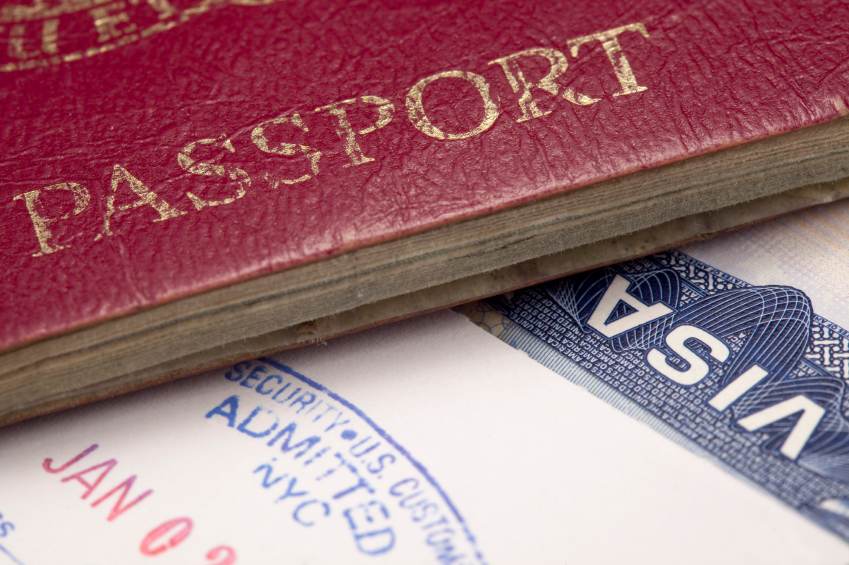New FBAR Filing Requirements for 2014
As you, the American with investments abroad, get ready to prepare your 2014 tax return, there are important new FBAR filing requirements for 2014. Some of these FBAR filing requirements are cosmetic and others could get the misinformed in hot water.
Note: If you have no idea what an FBAR is, you might check out my general article on filing requirements for those living, working, or investing abroad. If you want to learn how to legally avoid the FBAR, click here.
First, let me tell you how your accountant or CPA thinks. The foundation of tax preparation for professions is SALY…prepare the return the Same As Last Year to reduce the risk of an audit.
So, when your preparer pulls out your file, he or she will be thinking SALY and will reach for the same old forms to file. When new FBAR filing requirements for 2014 are announced, but don’t get much press, tax preparers without many Expat clients can get caught unprepared.
It may be up to you to educate your preparer on the FBAR and these New FBAR filing requirements for 2014. Here they are:
Not one to bury the lead: IRA owners don’t need to file an FBAR in 2014!
For those of you with Offshore IRA accounts, the IRS has finally come out and said that IRA owners and beneficiaries do not need to file an FBAR. Whether an offshore IRA needed to file an FBAR was never clear, so we all aired on the side of caution and filed it year after year. Well, that burden has been lifted (see below).
The cosmetic change is that the name of the form has changed. The official name of the FBAR changed from Treasury Form TD F 90-22.1 to FinCEN Form 114. I’ll bet not many people even noticed, as we all refer to it as the FBAR.
The big change to the FBAR for 2014 is that it must now be filed online. No more paper allowed. So, when your preparer pulls out your file and grabs the same old forms, you may be in for penalties.
That’s right, if you or your preparer are unaware of the change and mail in SALY, you could face significant penalties for filing late…or not filing at all. So, be sure to talk to your tax man or woman!
Note: the deadline for the electronic FBAR filing did not change and remains June 30. If you file your FBAR with your personal return on April 15, all is well. If you procrastinate and get an extension for your personal return until October 15, your FBAR is still due on June 30. That’s right, the extension of time to file your personal return does not apply to the FBAR.
Do you prepare your own returns? Do you want to sound cool when you explain things to your preparer? Then here is how to file an electronic FBAR in excruciating detail.
To file an electronic FBAR:
- Click “File an Individual FBAR” on the left side of the page.
- You will then be brought to the screen below, where you can download a PDF version the FBAR (FinCen Form 114). This PDF allows you to type information into the form and save the results (wow, a fillable PDF form – modern technology fresh from 2001!)
- Fill in FinCen Form 114 PDF. You will need your information, including social security number and date of birth, as well as your bank name, address, account number, and highest balance for the year. Be sure to save the document when you are finished. If you are unsure what information you need to enter in a certain field, you can move the mouse cursor over that field, hold it for a moment, and a box of text will pop up explaining what you need to enter. See the picture below for an example.
- Once everything is filled out correctly, go back to the first page digitally sign the document, save and validate it, and then finalize it for submission.
- When you’re ready to submit the form, go back to the page from Step 3 and click the link to “Submit FBAR.” This will take you to the submission page, where you’ll need to enter some contact information and then upload the finalized PDF. The process is not complete until you submit the form.
As you can see, the government has taken a simple form, which could be filled out a a 5th grader and mailed in, and turned it in to a computer nightmare for some. How many of those preparing their own returns will be confused and confounded by this new fangled technology? It will be an interesting year.
New FBAR Filing Requirements for 2014 – Who Must File?
Anyone who is a “U.S. person” must file an FBAR and enjoys the honor of paying U.S. tax on their worldwide income. Basically, this is anyone with a U.S. passport, green card, or someone who lives in America for 6+ months in the year.
If you are not sure you qualify as a U.S. person, please read: Who is a US Person?
The list of those exempt from filing an FBAR has also been updated and codified. For many of you, the most important statement is that IRA owners and beneficiaries are not required to file an FBAR.
Here is the complete list:
- Certain foreign financial accounts jointly owned by spouses;
- United States persons included in a consolidated FBAR;
- Correspondent/nostro accounts;
- Foreign financial accounts owned by a governmental entity;
- Foreign financial accounts owned by an international financial institution;
- IRA owners and beneficiaries;
- Participants in and beneficiaries of tax-qualified retirement plans;
- Certain individuals with signature authority over, but no financial interest in, a foreign financial account;
- Trust beneficiaries (but only if a U.S. person reports the account on an FBAR filed on behalf of the trust); and
- Foreign financial accounts maintained on a United States military banking facility.
To be clear, the above list is not necessarily new FBAR filing requirements for 2014. I am saying that the IRS finally listed the exceptions on their website and ended the debate, especially in regard to IRA owners and beneficiaries. For more information, see IRS.gov.
I hope you have found this article helpful. Please post any questions or suggestions in the comments below. I will personally respond to every inquiry.










Leave a Reply
Want to join the discussion?Feel free to contribute!